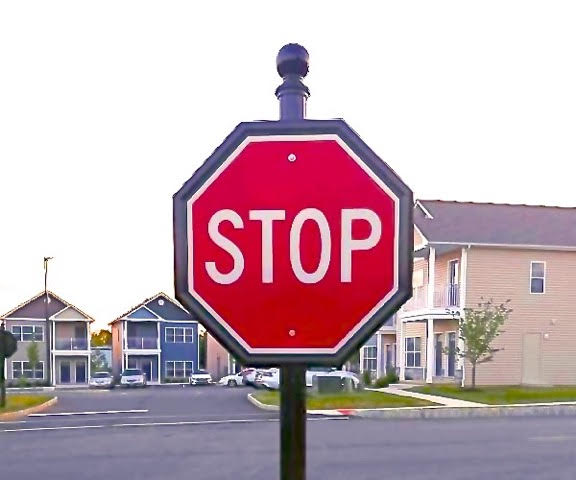Last updated: March 2nd, 2025
The STOP skill in DBT is one of the crisis survival skills (along with TIP skills, IMPROVE the Moment, and others). Use it when your emotions are threatening to get the best of you and you’re tempted to take unhelpful actions.
The STOP skill can also be thought of as an “emergency mindfulness” skill to use when emotions are high. Unlike some other sets of DBT skills, STOP represents just one skill; it just has four steps. All are required to use the skill properly.
Stop! The first step is simply to stop. Before the emotion you’re feeling gets out of control, and before the emotion starts making decisions for you, freeze for a moment.
Think of a situation in which you become very emotional and would typically do something that ends up making things worse. For example, if you’re angry, maybe you have the impulse to yell at someone or to hurt them in some way. If you’re lonely, the impulse might be to text someone you know you shouldn’t. Now picture what it would be like to have that emotion, want to act on it, and then freeze.
This allows you to proceed to the next step.
Take a step back. Allow yourself a little time to sort things through. Remember that your emotion might be strong, but it doesn’t get to decide what you do — you do. Take some slow deep breaths if necessary to take some of the steam out of the emotion.
For example, let’s say the emotion that’s surging is anger during an argument with your romantic partner. The anger feels off the charts, and in the past when you’ve been this angry at them, you’ve thrown things. After stopping, in this step you would stop arguing (at least temporarily), maybe even go into another room to give the anger a chance to subside. You might take a few moments and wait for your heart rate and breathing to slow down.
Observe. Take stock of what you’re experiencing. How might a stranger describe the situation? Try to notice what’s happening without judgmental language (e.g., “my mother said I can’t move out” as opposed to “my mother is being completely unreasonable”).
Also, notice what’s happening with your own mind and body. Are you feeling tension in your muscles? Where? Are tears running down your face? How do they feel against your skin? Is your jaw clenched? Are your thoughts racing? Which thoughts are coming up? Is it the same one or two repeating? Are they about the past or the present? Get curious about what you’re experiencing — inside and out.
Proceed mindfully. By this step of the DBT STOP skill, you’ve taken some of the edge off of the emotion. Try to invoke wise mind by thinking through what a desirable outcome to the current situation would be. What outcome would be consistent with your wants, needs, and values? What outcome will you feel best about tomorrow or next week? Try to proceed in line with these considerations.
For example, let’s say you went on a really bad date and it’s made you feel lonely for your ex. You have the impulse to text them. But you know that if you do, bad things will inevitably follow. Once you’ve gone through the first three steps, the proceed mindfully step might involve you deciding that, as tempting as it would be to text your ex, it will destabilize your life for days or weeks to come. Therefore you decide the best thing you can do is to reach out to another friend or loved one who can give you a similar sense of connection and care.
Using the STOP skill from DBT can prevent a difficult moment from becoming the start of a bigger problem. If you can anticipate an upcoming situation when you might need it, think through ahead of time what it would be like to use it. Good luck!
Subscribe to the Manhattan Center for Cognitive-Behavioral Therapy blog!









